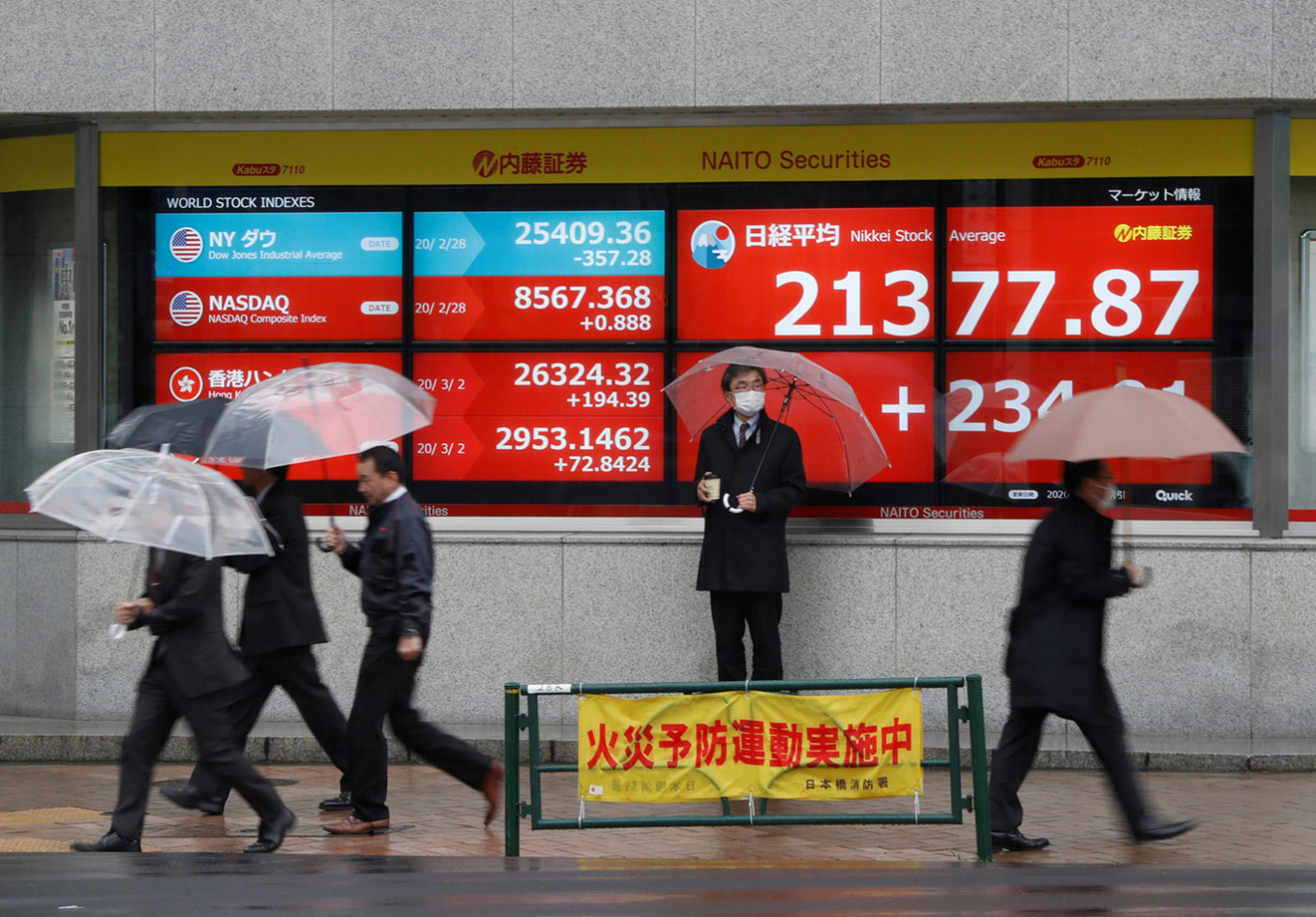EQUITIES
Asia-Pacific were mixed in Friday trade. Hong Kong’s Hang Seng index dropped 2.38% following a volatile week so far, seeing big losses on Monday and Tuesday before a dramatic turnaround over the next two days.
In mainland China, the Shanghai composite dipped about 0.22% while in Japan, the Nikkei 225 rose 0.38%. South Korea’s KOSPI added 0.14%, and the S&P/ASX 200 in Australia climbed 0.22%.
Overnight on Wall Street, the S&P 500 jumped 1.23% to 4,411.67. The Dow Jones Industrial Average gained 417.66 points, or 1.23%, to 34,480.76. The Nasdaq Composite climbed 1.33% to 13,614.78.
OIL
Oil prices extended their rally on Friday, rose sharply and back over $100 overnight after slim progress in peace talks between Russia and Ukraine raised the spectre of tighter sanctions and a prolonged disruption to oil supply.
Brent crude futures jumped 1.90%, to $109.04 a barrel, after surging nearly 9% on Thursday in the largest percentage gain since mid-2020. While the U.S. West Texas Intermediate crude futures climbed 2%, to $105.68 a barrel, adding to an 8% jump on Thursday.
However, despite the rebound, both benchmark contracts were set to end the week down about 3%, after having traded in a $16 range. Prices have dropped from 14-year highs hit nearly two weeks ago.
The supply crunch from sanctions on Russia, stuttering nuclear talks with Iran, dwindling oil stockpiles and worries about a surge of COVID-19 cases in China hitting demand all drove the rollercoaster ride over the week.
CURRENCIES
The yield curve flattening and flirting with inversion as investors think rate hikes that the Federal Reserve began on Wednesday will end up hurting growth. The benchmark 10-year yields were steady at 2.176%.
The dollar index also paused for breath on Friday, eying its first weekly loss in six weeks as it stands at 98.112. It slipped to 97.724 on Thursday for the first time since March 10.
The dips came despite the FOMC raising rates on Wednesday and signalling the equivalent of a quarter-point increase at each of its six remaining policy meetings this year, leaving investors racing to work out how much monetary tightening the economy can handle.
The U.S. dollar also eased as hope for an end to the war has lifted the euro and as commodity exporters' currencies have benefited from higher prices.
The Bank of Japan meanwhile earlier today maintained its massive stimulus and warned of heightening risks to a fragile economic recovery from the Ukraine crisis, reinforcing expectations it will remain an outlier in the global shift towards tighter monetary policy. As widely expected, the BoJ maintained its short-term rate target at -0.1% and that for the 10-year bond yield around 0% at the two-day policy meeting that ended on Friday.
The BOJ's dovish tone is in stark contrast with the U.S. Federal Reserve and the Bank of England, which raised interest rates this week to stop fast-rising inflation becoming entrenched.
GOLD
Gold dropped slightly on Friday as investors cautiously watching the developments of talks between Russia and Ukraine. Spot gold was 0.5% lower to trade at $1,932.80 per ounce, while the U.S. gold futures was down 0.44% to $1,934.70 per ounce.
Spot silver rose 1.6% to $25.47 per ounce, while platinum inched up 0.6% to $1,024.00. Palladium rose nearly 5% to $2,529.13 per ounce.
ECONOMIC OUTLOOK
The equity markets turned volatile on Friday, as cautious sentiment prevails, with investors continue to weigh on the slow progress in Russia-Ukraine ceasefire talks, FOMC’s latest hawkish tilt policy, the surge in oil and commodities prices, and coupled with worries over the COVID-19 situation in China.
China markets on Friday eased into the end of one of the wildest weeks in decades. Hong Kong's Hang Seng followed its worst session in more than six years with its biggest two-day rally since 1998 after China's top financial policymaker promised policy easing and a gentler approach to market-sensitive reform in future.
U.S. President Joe Biden is set to speak with Chinese President Xi Jinping later today, with the two leaders to discuss topics such as Russia’s war against Ukraine and competition between the two countries, according to the White House.
After a fourth straight day of talks between Russian and Ukrainian negotiators, messaging from both sides suggested agreement remained some way off.














